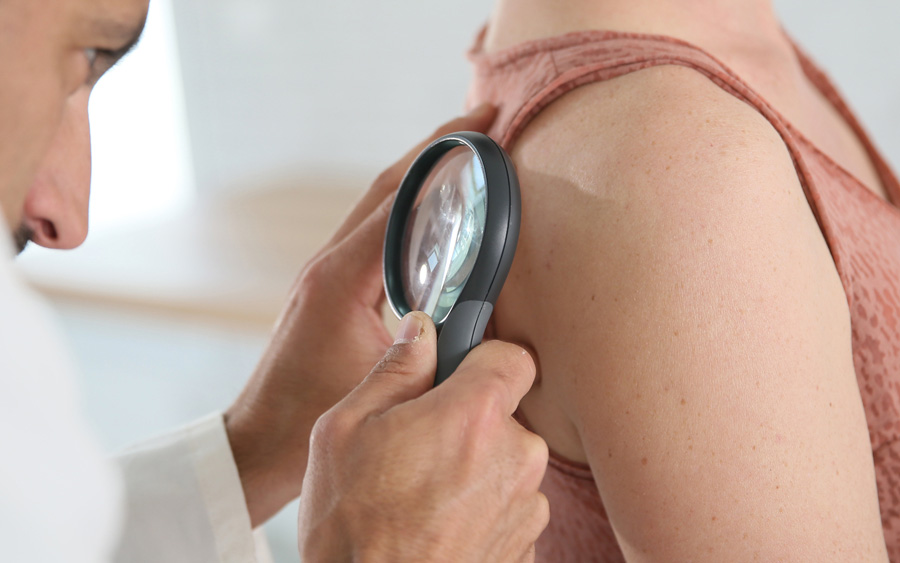Summer is imminently approaching, and hopefully we’re all about to get outdoors and get more active.
Skin cancers come in many shapes and forms, so there are a few different types of skin changes that should trigger a health care visit for further evaluation.
- Changes in the appearance of a mole.
- Moles that are Asymmetrical – one side of the mole looks
different than another - Moles with irregular Borders – uneven or blurry borders
- Moles that are darker in Color or an inconsistent color
- Moles that are bigger in Diameter than 6 millimeters
- Moles that are Elevated, or raised above the skin.
- Moles that are Firm – solid to the touch, firmer that the surrounding skin
- Moles that are Growing
- Moles that are Asymmetrical – one side of the mole looks
- Skin changes after a mole has been removed. If you have unusual spots or pigmentation around the scar, this should be rechecked.
- Itchiness & oozing. Skin cancers can cause persistent itching and sometimes oozing – this can often be mistaken for an insect bite; if it
is persistent, get it checked! - A sore or spot that won’t go away. Some skin cancers can cause pink or red bumps that don’t go away.
- Scaly patches. Some skin cancers can cause dry, rough or scaly patches that don’t go away after moisturization.
If you find any suspicious skin changes to yourself or your loved ones, come on in, and we can check them out!


